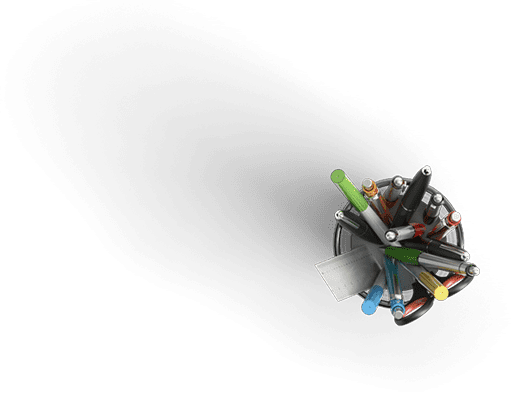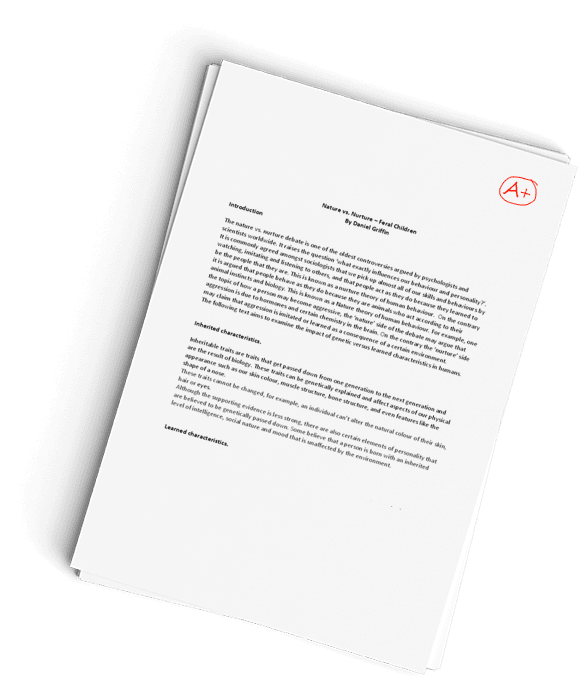UMD How Developmental Science Influences Juvenile Justice Reform Discussion
Question Description
Need to reply to the following discussions and support my point of view (agree or disagree) with references.
Discussion #1:
Over the last couple of decades, America’s criminal justice system has slowly moved away from a punishment model for juveniles commonplace in the eighties and nineties back to a rehabilitation model (Burke, et al., 2016). There were four landmark Supreme Court cases in the last decade that moved the juvenile courts to the rehabilitation model. In Roper v. Simmons, the Supreme Court ruled that it was unconstitutional to impose a death penalty on any youth under the age of eighteen when they committed the capital offense (2005). Later in Graham v. Florida, the Supreme Court ruled that sentencing a minor to life in prison without the possibility of parole was unconstitutional for a non-homicide offense (2010). Next, in Miller v. Alabama, the Supreme Court ruled that youth are not as responsible as adults for their actions due to their brains not being fully formed (2012). Justice Elena Kagan believed that mandatory life without parole sentences for anyone under the age of eighteen at the time for any crime was committed violated their eight Amendment rights protecting them from prohibition on cruel and unusual punishments (Miller v. Alabama, 2012). Finally, in Montgomery v. Louisiana, The Supreme Court retired all mandatory life without parole sentences before 2012 retroactively (2012). These four landmark Supreme Court cases show the difference in the criminal justice system between adults and juveniles, showing that juveniles’ brain formation and development are still occurring, making them less culpable for their actions, and should be treated and rehabilitated rather than punished like an adult (Burke, et al., 2016). I believe that this modern rehabilitation criminal justice model for juveniles effectively relieves some of the burden juvenile delinquency leaves in a community. The Office of Juvenile Justice and Delinquency Prevention (OJJDP) conducted a meta-analysis by Lispey examining the effectiveness of juvenile delinquency programs in 1992 (Office of Juvenile Justice and Delinquency Prevention, 1999). Lipsey found that 64.3% of the studies’ rehabilitation and treatment group showed a noticeable reduction in recidivism than the control group (Office of Juvenile Justice and Delinquency Prevention, 1999). With properly funded and expanded treatment and rehabilitation programs, I believe that juvenile delinquents’ recidivism rate will continue to go down and put them on a path towards success in their lives and community.
References:
Burke, A. S., Carter, D. E., Fedorek, B., Morey, T. L., Rutz-Burri, L., & Sanchez, S. K. (2016). Introduction to the American Criminal Justice System. Open Educational Resource. https://learn.umgc.edu/d2l/le/content/510367/viewC…
DeLisi, M. (2009). Juvenile delinquency. In J. M. Miller 21st Century criminology: A reference handbook (pp. 524-532). Thousand Oaks, CA: SAGE Publications, Inc. doi: 10.4135/9781412971997.n61
Graham v. Florida, 560 U.S. 48, 2010
Miller v. Alabama, 567 U.S. 460, 2012
Montgomery v. Louisiana, 557 U.S., 2016
Office of Juvenile Justice and Delinquency Prevention. (1999). Treatment programs for juvenile delinquents. Office of Juvenile Justice and Delinquency Prevention. https://ojjdp.ojp.gov/sites/g/files/xyckuh176/file…
Roper v. Simmons, 543 U.S. 551, 2005
Discussion 2:
Juvenile offenders are viewed differently than adult offenders because they are still young and impressionable and many juveniles need rehabilitation. Adult offenders are more aware of their actions and likely do not comply with peer pressure in the same manner as juveniles. Juveniles may commit two different types of offenses: status and delinquency. According to Delisi (2009), status offenses are limited only to juveniles so these offenses would not even be offenses if an adult committed that same offense. Examples of status offenses include running away from home, underage drinking and smoking, and violating curfew. Delinquent offenses include more serious crimes such as rape, murder, and arson (Delisi, 2020). Depending on the situation, some juveniles are charged as adults for delinquent offenses. I believe that this is effective because juveniles should be provided with leniency because they are a product of their environment and may need additional guidance. I also believe that the criminal justice system allowing for some juveniles to be charged as adults is appropriate because some offenses are heinous and every situation is different. Some juveniles may have started committing crimes at age nine and by the age of sixteen, they are well aware of the crimes that they are committing and should be punished accordingly.
Delisi, Matt. (2009). 21st Century Criminology: A Reference Handbook.
http://sk.sagepub.com.ezproxy.
Have a similar assignment? "Place an order for your assignment and have exceptional work written by our team of experts, guaranteeing you A results."








